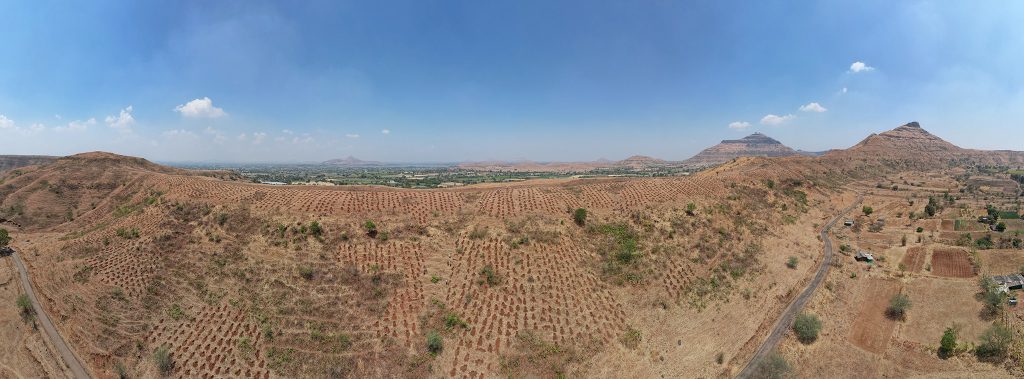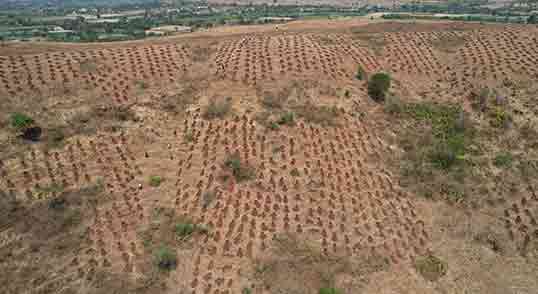Climate change poses significant challenges, including food security, public health risks, water scarcity, and social tensions, due to excessive greenhouse gas emissions. To address these issues, the CLIMATE ACTION program focuses on raising awareness, ecological restoration, and promoting greener livelihoods. The program’s primary focus is on the rejuvenation of the Godavari River in India, which is under environmental stress due to human activities. The restoration efforts encompass afforestation, soil conservation, and community engagement, with the ultimate goal of improving soil quality, biodiversity, and water resources. Over a 10-year period, the program aims to restore 47,400 acres of barren land by planting 6.2 million trees and creating 28,500 livelihood opportunities.
The rejuvenation project primarily centers on the conservation and restoration of the headwater catchments of the Godavari River, utilizing a public-private partnership approach. The key components of the project include biodiversity conservation, soil and moisture conservation, raising awareness among the local community, and managing animal-human conflict. In addition, the project emphasizes the importance of appropriate technology, monitoring, and measuring the social return on investment to ensure effective implementation.
The Godavari River, spanning 1746 km in length, is India’s second largest river, originating from the Brahmagiri Hills in Trimbakeshwar, Nashik district, Maharashtra. It flows through seven states before meeting the Bay of Bengal in Andhra Pradesh, forming the Konaseema delta. The river is extensively managed with numerous dams, barrages, weirs, and powerhouses. Therefore, restoring the headwater catchment area near the source, specifically Trimbakeshwar taluka, has a significant impact on regulating water quantity during the rejuvenation process.
In Trimbakeshwar, villages located in the headwater catchment area of the Godavari River have been identified for systematic and scientific conservation and restoration planning. The initial focus is on planting 2.2 million trees, shrubs, and herbs on 525 acres of land. Collaborating with Gram Panchayats, water security plans will be developed, rewilding techniques using native species will be employed, stream banks will be stabilized with bamboo and vetiver grass, and bio-fencing will be implemented to prevent grazing. Saplings will be nurtured for four years to ensure their survival and growth.


The success of the project relies on a strong public-private partnership. The Forest Department adopts the Joint Forest Management approach for soil and moisture conservation, while the Zilla Parisad collaborates with Gram Sevaks to construct pits and implement bio-fencing under MGNREGA. The Raah organization plays a vital role in raising awareness about ecological restoration and rejuvenation activities. Additionally, collaborations with other environmental groups enhance implementation efficiency and provide additional ground support.
Subscribe to our Newsletter for Exclusive Insights and Updates!
